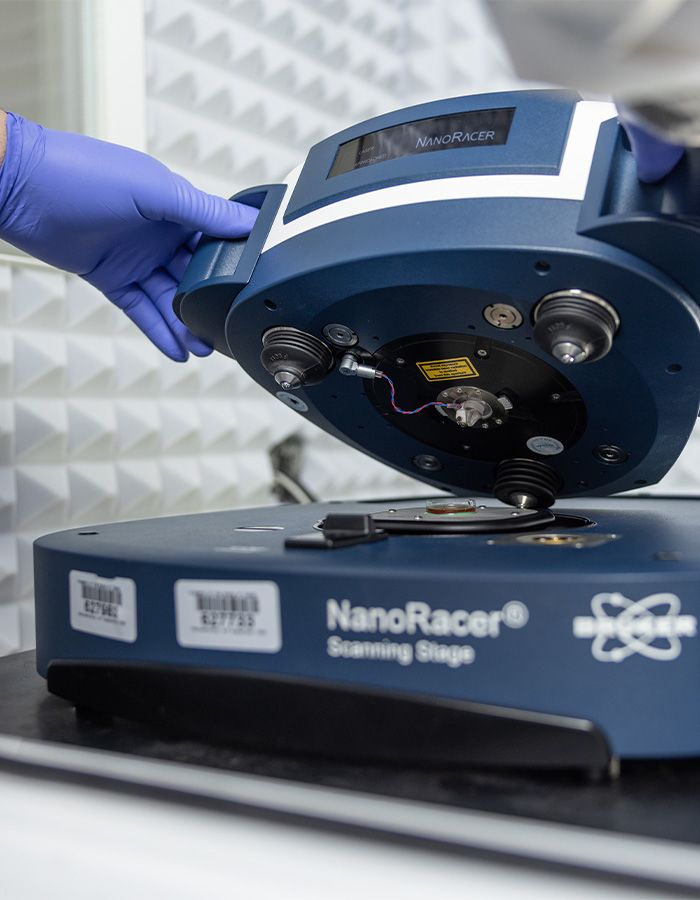2024-02-05 ヒューストン大学(UH)

Vekilov uses the NanoRacer, which uses atomic force microscopy, to scan samples at high speeds and obtain crucial insights into the crystals’ molecular structure.
◆彼は、結晶成長を理解するために、新しい戦略と先端技術を組み合わせ、中間状態の安定性が結晶成長の速度を決定することを明らかにしました。この新たな知見は、結晶が自然界でどのように形成されるかを理解するのに役立ちます。
<関連情報>
- https://stories.uh.edu/2024-uh-researcher-solving-an-age-old-mystery-about-crystal-formation/index.html
- https://www.pnas.org/doi/10.1073/pnas.2320201121
結晶に取り込まれる素反応 The elementary reactions for incorporation into crystals
Rajshree Chakrabarti, Lakshmanji Verma, Viktor G. Hadjiev, +1, and Peter G. Vekilov
Proceedings of the National Academy of Sciences Published:February 5, 2024
DOI:https://doi.org/10.1073/pnas.2320201121
Significance
Crystals are essential structural elements in living organisms and rocks and crucial constituents of the technologies that enable modern civilization. We unravel the mechanism of the chemical reaction between incoming molecules and the unique sites on a crystal surface that receive them, the kinks, which has remained elusive and subject to speculation for over 60 y. The presented paradigm of two-step incorporation may shed light on how minor solution components define the elaborate morphologies of natural crystal formations and guide the search for solvents and additives that stabilize the intermediate state to slow down the growth of, for instance, undesired polymorphs.
Abstract
The growth rates of crystals are largely dictated by the chemical reaction between solute and kinks, in which a solute molecule severs its bonds with the solvent and establishes new bonds with the kink. Details on this sequence of bond breaking and rebuilding remain poorly understood. To elucidate the reaction at the kinks we employ four solvents with distinct functionalities as reporters on the microscopic structures and their dynamics along the pathway into a kink. We combine time-resolved in situ atomic force microscopy and x-ray and optical methods with molecular dynamics simulations. We demonstrate that in all four solvents the solute, etioporphyrin I, molecules reach the steps directly from the solution; this finding identifies the measured rate constant for step growth as the rate constant of the reaction between a solute molecule and a kink. We show that the binding of a solute molecule to a kink divides into two elementary reactions. First, the incoming solute molecule sheds a fraction of its solvent shell and attaches to molecules from the kink by bonds distinct from those in its fully incorporated state. In the second step, the solute breaks these initial bonds and relocates to the kink. The strength of the preliminary bonds with the kink determines the free energy barrier for incorporation into a kink. The presence of an intermediate state, whose stability is controlled by solvents and additives, may illuminate how minor solution components guide the construction of elaborate crystal architectures in nature and the search for solution compositions that suppress undesirable or accelerate favored crystallization in industry.



